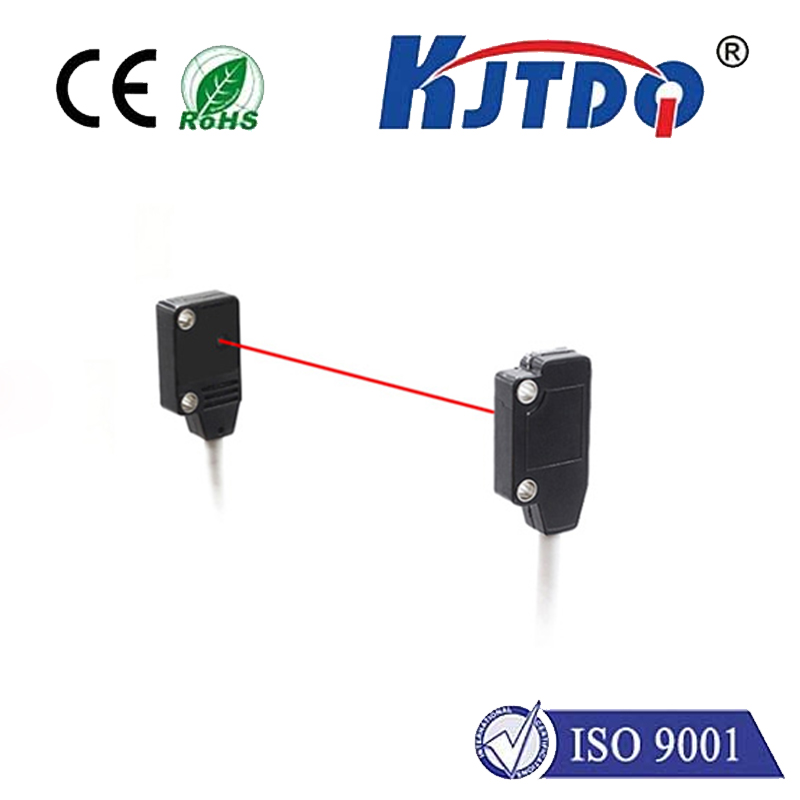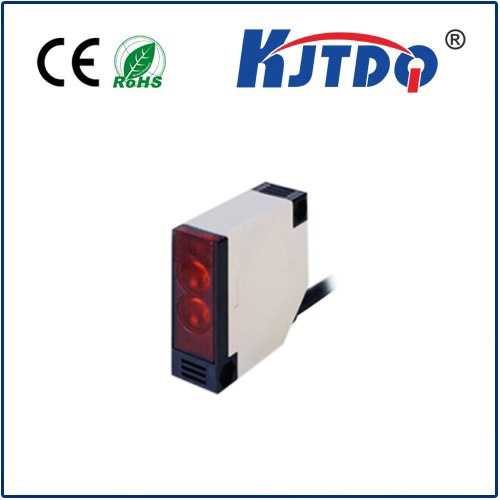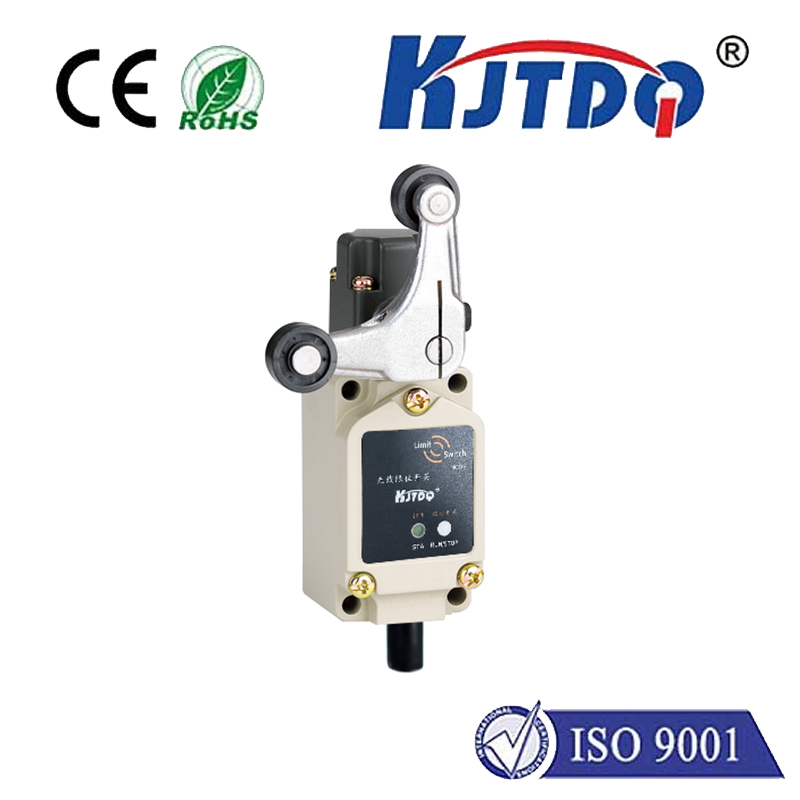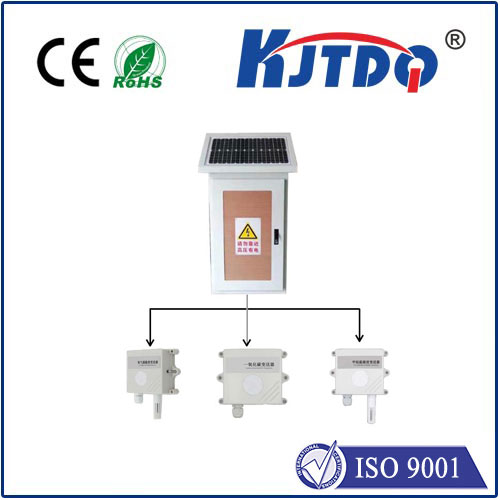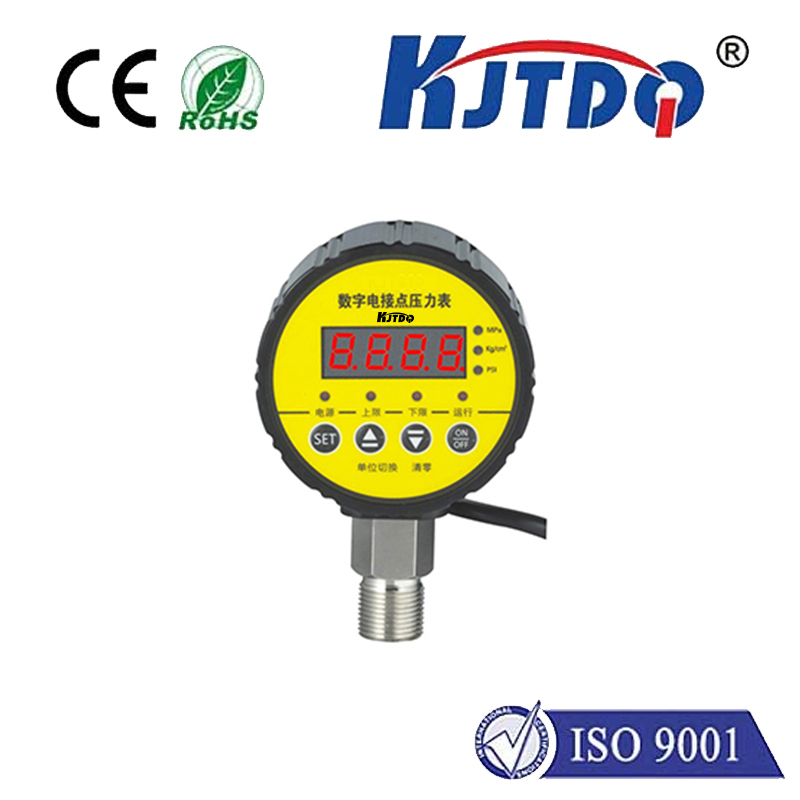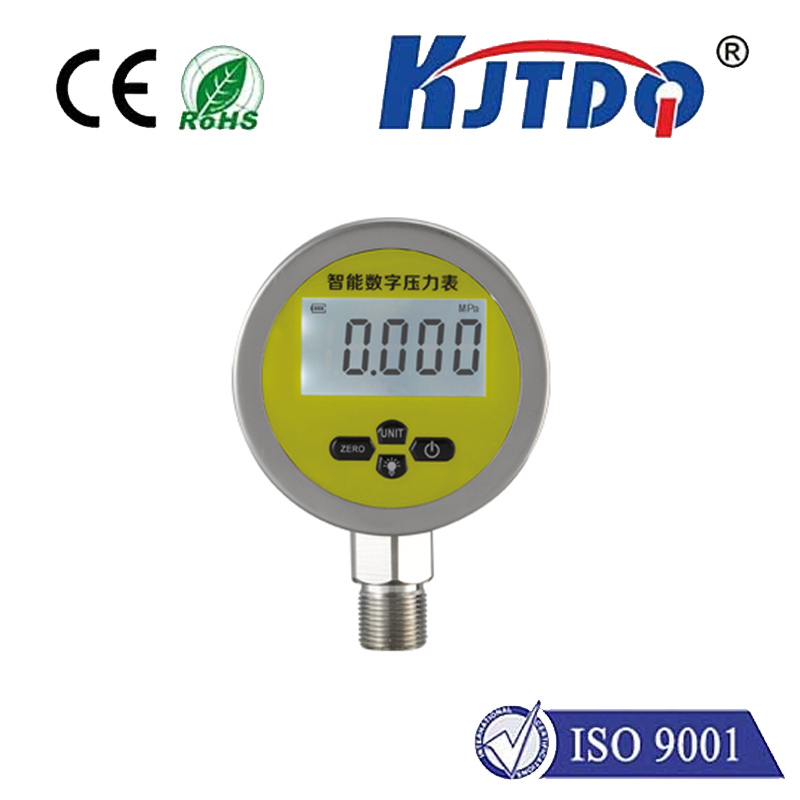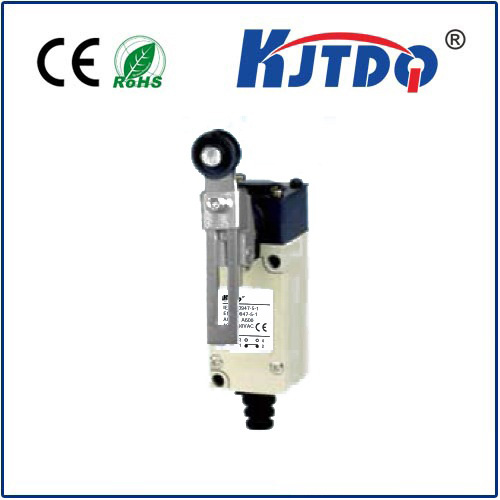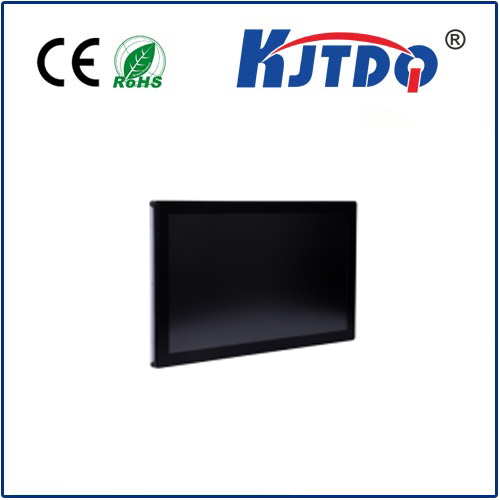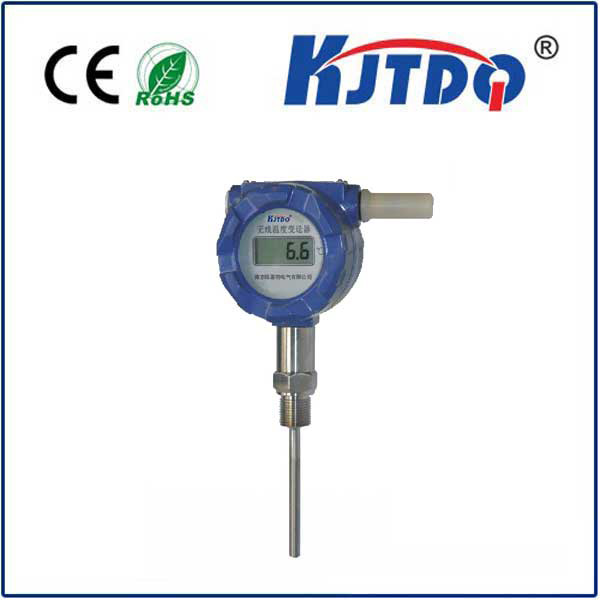
check

check

check

check
Title: Unlocking the Power of Laser Level Detector Receivers
Introduction:
In today's fast-paced world, ensuring precision and accuracy in various industrial and commercial applications is crucial. One such technology that has gained significant attention in recent times is the laser level detector receiver. This innovative device uses a laser beam to measure the height or distance of surfaces, providing unparalleled accuracy and reliability. In this article, we will delve into the working principle of laser level detector receivers, their applications, and the importance of choosing the right one for your needs.
Section 1: Working Principle of Laser Level Detector Receivers
A laser level detector receiver works by emitting a laser beam from its sensor head. The laser beam travels through air or another transparent medium and bounces back when it strikes a surface. The time it takes for the laser beam to reach and bounce back from the surface determines its distance from the floor. By analyzing this information, the detector can calculate the height of the surface accurately.
One of the key advantages of using a laser level detector receiver is its non-contact measurement capability. This eliminates the need for physical contact with the surface being measured, making it ideal for applications where hygiene and safety are paramount. Additionally, laser level detectors offer real-time feedback, allowing users to quickly and easily adjust their measurements as needed.

Section 2: Applications of Laser Level Detector Receivers
The versatility of laser level detector receivers makes them suitable for a wide range of applications. Some common use cases include:
1. Construction: In construction projects, laser level detectors are used to ensure walls, floors, and other surfaces are straight and level before painting or installing flooring. This helps prevent costly mistakes and ensures a higher quality finish.
2. Automotive manufacturing: Laser level detectors are used in car factories to ensure precision assembly of components such as steering wheels, dashboards, and seats. This not only improves product quality but also reduces waste and downtime.
3. Warehouses and distribution centers: In warehouses and distribution centers, laser level detectors are used to monitor inventory levels and optimize storage space allocation. By ensuring that products are properly stacked and organized, businesses can reduce costs and improve customer satisfaction.
4. Machine vision systems: Laser level detectors can be integrated into machine vision systems to provide accurate positioning data for robots and other automation systems. This enables these systems to work more efficiently and effectively while minimizing the risk of damage to delicate parts.
Section 3: Choosing the Right Laser Level Detector Receiver for Your Needs
When selecting a laser level detector receiver, there are several factors to consider, including:
1. Operating environment: Different laser level detectors are designed for specific operating environments. Make sure to choose a model that is compatible with the conditions in which it will be used, such as temperature, humidity, dust resistance, etc.
2. Range: The range of a laser level detector depends on several factors such as the size of the surface being measured, the refractive index of the material, and the angle of incidence of the laser beam. Choose a model with a range that meets your specific requirements.
3. Resolution: The resolution of a laser level detector refers to the smallest distance it can measure between two points. Higher resolution models are better suited for applications where precision is essential, such as fine tuning machine tools or measuring small gaps between components.
Conclusion:
Laser level detector receivers have revolutionized various industries by providing unparalleled accuracy and reliability in measuring height or distance. With their non-contact measurement capability, real-time feedback, and wide range of applications, these devices have become indispensable tools for ensuring precision in modern manufacturing processes. By understanding their working principle, applications, and key considerations when selecting one, businesses can make informed decisions and reap the benefits of this innovative technology.
